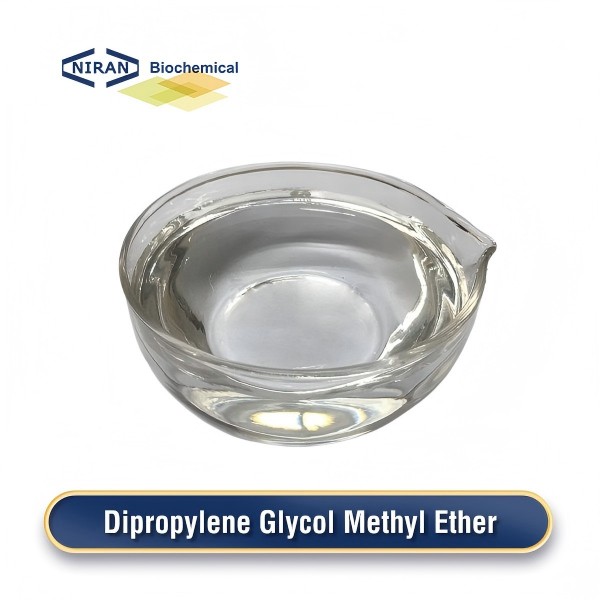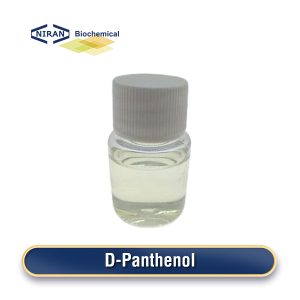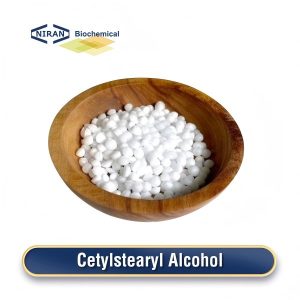Dipropylene Glycol Methyl Ether
- CAS Number: 34590-94-8
- Chemical Formula: C6H14O3
- MOQ: 1000KG
- Shelf Life: 2 years
- Synonyms: DPM, DPME, Methoxy-2-propanol, Dipropylene glycol monomethyl ether
Product Description
What Is Dipropylene Glycol Methyl Ether?
The colorless, odorless, low-volatile liquid Dipropylene Glycol Methyl Ether (DPM), often referred to as 1-Methoxy-2-propanol, has a variety of uses. Paints, coatings, cleaning supplies, and personal care products are frequently made with it as a solvent. DPM is used in many industrial contexts because to its remarkable solubility in a variety of substances, such as oils, resins, and waxes.
The process of making dipropylene glycol methyl ether involves reacting propylene oxide with methanol, either with basic or acidic catalysis. In this process, the intermediate propylene glycol undergoes methylation with methanol, creating the desired ether. The reaction typically occurs at elevated temperatures, and the product is then purified by distillation to remove impurities and achieve the required purity levels.
This compound has many useful characteristics, including low toxicity, high solvency power, and fast evaporation rates, making it ideal for use in products requiring high-performance solvents.
Related Parameters:
| Item | Standard |
| Appearance | Colorless transparent liquid |
| Color (APHA) | ≤10 |
| Purity (WT) | ≥99.0% |
| Moisture (WT) | ≤0.10% |
| Acidity (WT) | ≤0.01% |
Recommended Dosage of Dipropylene Glycol Methyl Ether:
| Applications | Dosage |
| Solvent in Paints and Coatings | 8%-12% |
| Industrial Cleaning | 3%-8% |
| Personal Care Products | 1%-3% |
| Aerosol Formulations | 4%-8% |
| Degreasing Agents | 5%-7% |
| Printing Inks | 3%-5% |
| Agricultural Formulations | 1%-3% |
Dipropylene Glycol Methyl Ether Has Wide Range of Uses:
In paints and coatings, DPM serves as a solvent, aiding in the dissolution of pigments and resins to guarantee a uniform finish and easy application.
Industrial Cleaning: Used in cleaning products, DPM is effective in degreasing machinery and removing oils, greases, and dirt from industrial equipment.
Personal Care Products: DPM is used as a solvent and emulsifier in personal care formulations, such as skin creams, lotions, and deodorants, helping to stabilize the product and improve texture.
Aerosol Formulations: It is included in aerosols to enhance sprayability, facilitating the even distribution of active ingredients in products like air fresheners and cleaning sprays.
Degreasing Agents: DPM is an important component in industrial degreasers, breaking down and removing oil-based substances from surfaces and machinery.
Printing Inks: DPM helps dissolve resins and improve the flow and stability of printing inks, enhancing printing quality.
Agricultural Formulations: Used in pesticide formulations, DPM helps to stabilize active ingredients and improve dispersion, ensuring even application on crops.
User Asked Question:
Q: What distinguishes ethylene glycol from DPM?
A: DPM (Dipropylene Glycol Methyl Ether) is a solvent with lower volatility compared to Ethylene Glycol. DPM is ideal for products requiring low evaporation rates and extended usage times, making it more suitable for paints, coatings, and cleaning agents, while Ethylene Glycol is commonly used as an antifreeze and in industrial applications.



